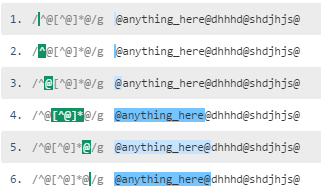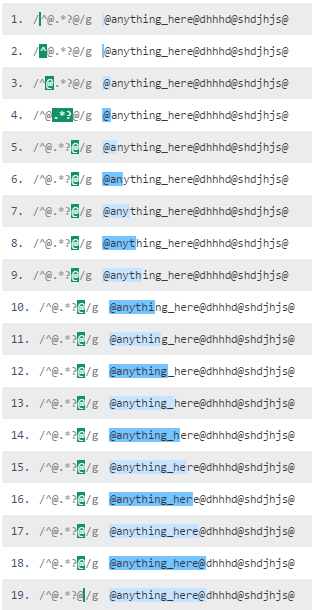Negated character classes should usually be prefered over lazy matching, if possible.
If the regex is successful, ^@[^@]*@ can match the content between @s in a single step, while ^@.*?@ needs to expand for each character between @s.
When failing (for the case of no ending @) most regex engines will apply a little magic and internally treat [^@]* as [^@]*+, as there is a clear cut border between @ and non-@, thus it will match to the end of the string, recognize the missing @ and not backtrack, but instantly fail. .*? will expand character for character as usual.
When used in larger contexts, [^@]* will also never expand over the borders of the ending @ while this is very well possible for the lazy matching. E.g. ^@[^@]*a[^@]*@ won't match @bbbb@a@ while ^@.*?a.*?@ will.
Note that [^@] will also match newlines, while . doesn't (in most regex engines and unless used in singleline mode). You can avoid this by adding the newline character to the negation - if it is not wanted.



^@[^@]*@option is much better. – Limburg